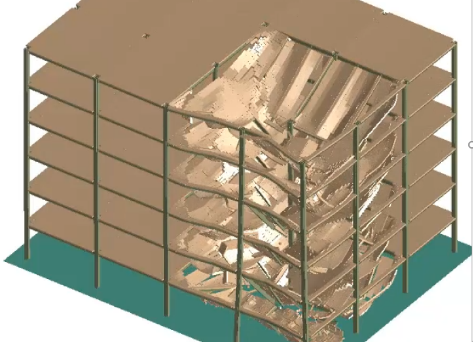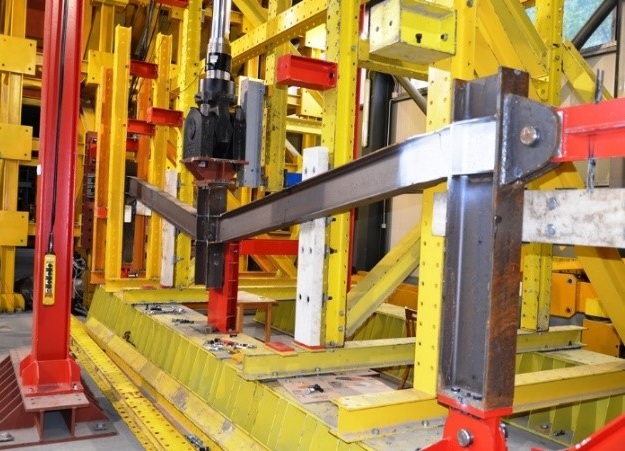Robustness of structures, 8th semester, ADS


Summary
- According to EN 1991-1-7, Robustness is defined as ”The ability of a structure to withstand events like fire, explosions, impact or the consequences of human error, without being damaged to an extent disproportionate to the original cause”.
- Structural robustness is therefore a matter of capacity of a structure to limit the propagation of damage (progressive collapse) after a change in the structure (e.g. initial failure).
- The most critical elements in a building structure (i.e. whose failure will have highest consequences) are vertical load-bearing components (columns, walls). To avoid disproportionate collapse, loads should be transferred through alternative routes to still-in place elements. In the case of framed buildings, such alternatives can be created by:
- Bending of the beam
- Vierendeel behavior of the frame
- Arch effect of the beams
- Catenary/membrane behavior of beams/slabs,
- If these alternative paths are not available, disproportionate (or progressive) collapse may be inevitable under an unforeseen event.
Objectives
- Understanding and awareness of the role of structural robustness
- Application of modern approaches to design new structures / upgrade existing ones for increasing robustness
- Threat independent and threat dependent methods
- Development of engineering judgment to rely on in the conceptual design stage (integrated design, including robustness)
Lecture notes
Applications
- Tying method approach
- Direct method computation for vehicle impact
- Structural assessment for column removal scenarios (Alternate Load Path) using static and dynamic analysis
Resources
Column loss – 1 column, internal
Column loss – 2 columns, external
External explosion
Internal explosion